Designed with input from Tate + Co, the new garden is set to open in 2026
Planning permission has been granted for a new garden in Regent’s Park, which will commemorate the life of Queen Elizabeth II. The garden is scheduled to open in 2026, marking the late Queen’s centenary year.
Work has already begun on transforming a disused plant nursery within Regent’s Park into the two-acre garden. The project is being led by HTA Design LLP, with contributions from horticulturalist Dr Noel Kingsbury and Tate + Co architects. The garden is intended to complement the park’s existing historic gardens while incorporating modern sustainability practices.
Katharina Erne, associate senior landscape architect, HTA Design said: “We are honoured to be working with The Royal Parks on the design of such a significant new garden to commemorate Queen Elizabeth II, right in the heart of The Regent’s Park. The design transforms a brownfield site into a stunning, biodiverse and climate resilient garden for the public to enjoy for many years to come”.
Key features of the new garden will include a circular pond designed to enhance wildlife habitats, a central promenade with an accessible platform overlooking the pond, and a flower garden showcasing species associated with Queen Elizabeth II. Additionally, a disused water tower within the site will be repurposed as an accessible viewing platform offering panoramic views of the garden and surrounding area. The tower will also be adapted to support habitats for birds, bats, and invertebrates, serving as an educational resource for visitors.
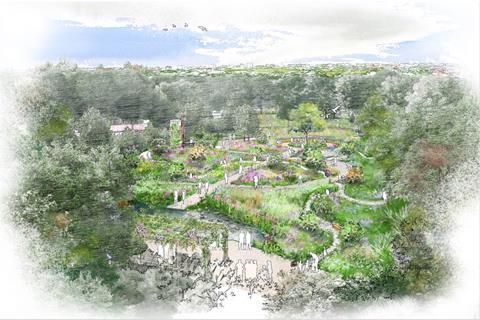
Andrew Scattergood, chief executive of The Royal Parks, said: “The approval of planning permission marks an exciting step forward in the creation of the new garden, which is designed to be a tranquil space for reflection, accessible to all. It provides a serene escape from the city’s hustle and bustle. This site will add two acres of biodiverse parkland for everyone to enjoy and explore”.
The new garden in Regent’s Park is expected to significantly enhance biodiversity within the park. It will feature a variety of habitats, including nectar-rich planting, meadows, woodlands, and hedgerows, all designed to attract wildlife such as invertebrates and pollinators.
The development of the garden will adhere to sustainable practices, including the reuse of steel from the former nursery greenhouses to construct elements of the new pergola and the repurposed water tower. Additionally, concrete from demolition materials will be recycled and utilised as growing mediums.




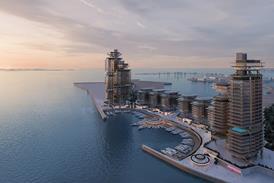
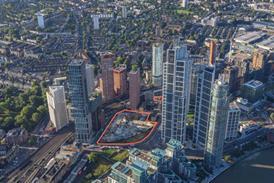



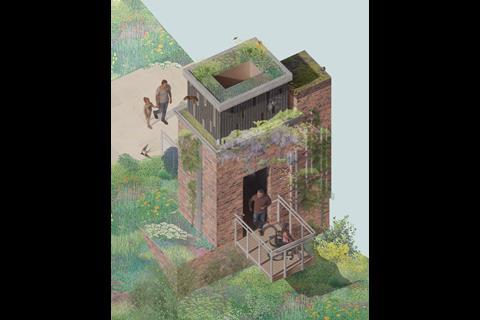
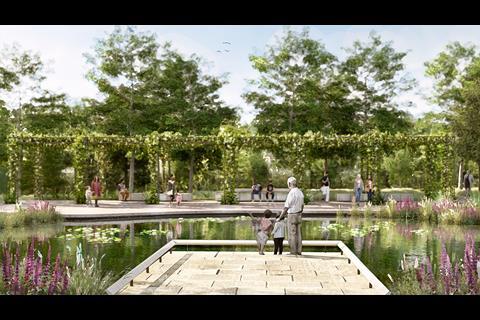
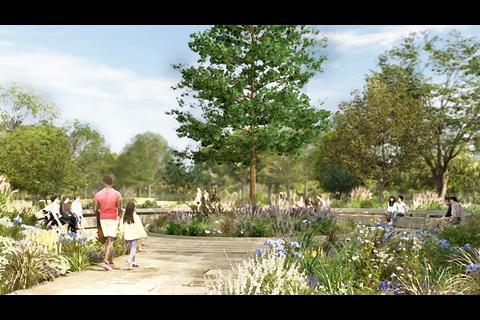
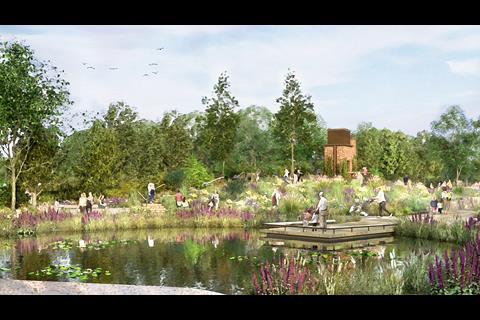
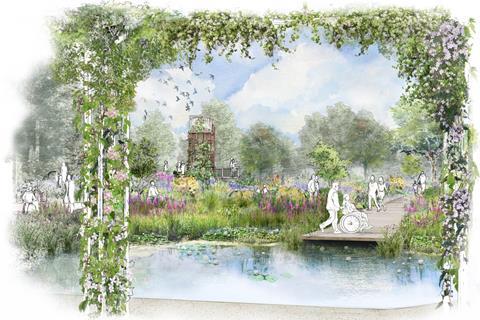
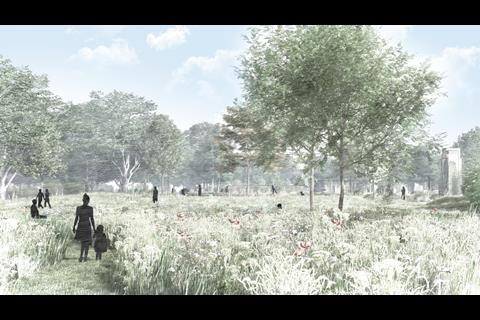

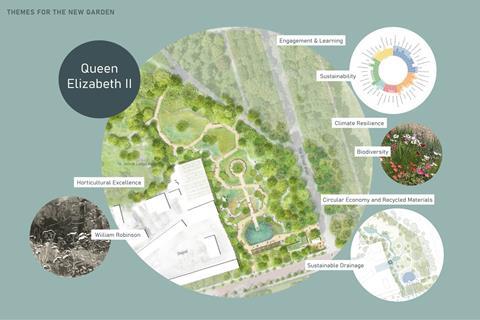








1 Readers' comment